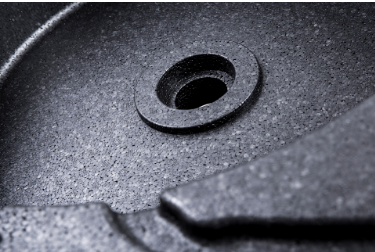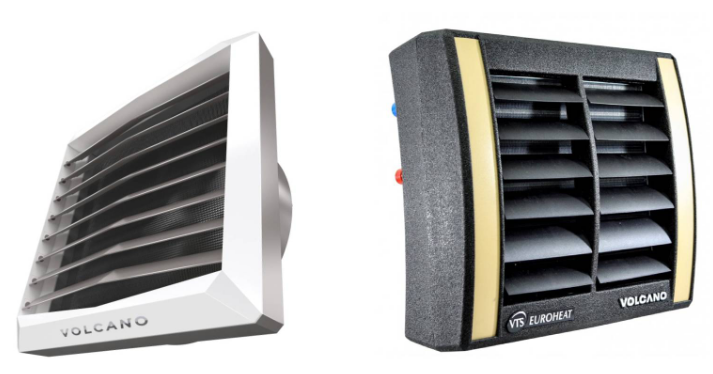Although it is a non-complex device, the devices on the market differ from each other. The differences are mainly the materials used for the casing of the heating unit and the type of motor used. And although their mode of operation is the same, it is worth considering which solution to choose. Today we will take a closer look at the heater casing

Heating units are relatively uncomplicated devices, using a fan to blow the air heated by a water heat exchanger. The air drawn in by the fan is pushed through the coil, receives heat from the exchanger fins and heats the room. It is a very efficient way of heating, mainly due to the time needed to heat large areas
Although it is a non-complex device, the devices on the market differ from each other. The differences are mainly the materials used for the casing of the heating unit and the type of motor used. And although their mode of operation is the same, it is worth considering which solution to choose. Today we will take a closer look at the heater casing
On the market you can find casings made essentially of three types of materials: ABS, EPP and less often steel

EPP, i.e. expanded polypropylene, resembles Styrofoam in its structure, but unlike it, it is not so rigid and brittle. EPP is characterized by good resistance to various physical and mechanical factors. It is also very lightweight
ABS, or acrylonitrile butadiene styrene, is one of the most popular and widespread plastics. This material is used in almost every industry. You can find it in your car, TV housing, toys or sports equipment. It owes its commercial popularity to its high durability and good processing parameters
Steel casings are used for industrial heaters intended for places where the appearance of the casing and aesthetics do not matter much
?Why did VTS give up EPP
The VOLCANO VR-Mini heaters were initially manufactured from EPP. However, after the market accepted the smaller heater well, the manufacturer decided to invest in moulds and also in small devices made of ABS. EPP casings are cheaper to prepare, so it works as a temporary solution that can be quickly and cost- effectively launched on the market

Devices made of ABS are distinguished by their strength and precision. The elements precisely reproduce the design, which allows for a perfect fit of casing elements. Casings made of EPP required gluing, which significantly prolonged the device assembly process. A device once glued together cannot be reopened. There is a hygiene problem here. The SMART LOCK system of the VOLCANO heater allows the front part of the casing to be removed and a routine cleaning of the exchanger, where dirt can accumulate over time, can be carried out in an easy way
If it comes to hygiene, it is worth noting that the rough surface of EPP can accumulate more contaminants which are difficult to remove. The smooth surface of ABS allows for quick cleaning and, if necessary, disinfection. This is of great importance when using heaters in places with increased hygienic sensitivity – such as shops or restaurants
In addition to the previously mentioned practical features, ABS-cased heaters stand out from other solutions also in terms of their aesthetic design. VOLCANO heaters are popular among demanding customers in Western Europe who care not only about technical performance but also about the aesthetic values of the devices